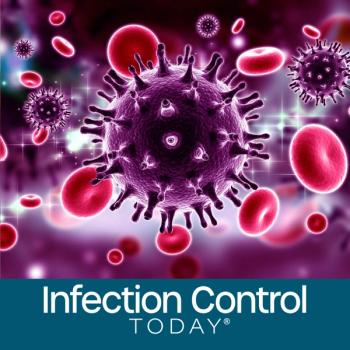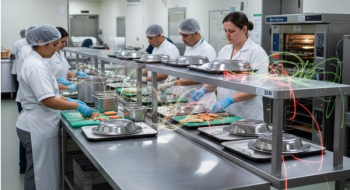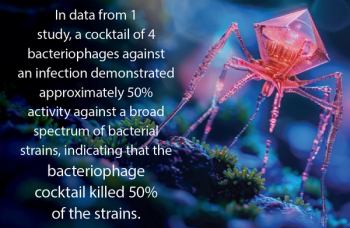
Avian Flu Risks in Veterinary Practice: Protecting Those on the Frontlines
Veterinarians, technicians, and veterinarian infection preventionists face risks from H5N1 avian flu when handling farm animals or exposed wildlife. Learn key prevention strategies, PPE recommendations, and emerging challenges.
Avian influenza, particularly the H5N1 strain, poses significant risks to animals and the veterinarians, technicians, and veterinarian infection preventionists working with them. While the virus primarily affects birds, cases in mammals, including farm animals and domestic pets, have raised concerns for those in close contact.
This Infection Control Today® (ICT®) interview with
ICT: What about the workers in veterinarians’ offices? What about the veterinarians, technicians, and infection preventionists who go on farm calls for large animals? What specific concerns and preventive measures should they take?
Richard J. Webby, PhD: Yes, these vets are definitely at risk of being exposed to the virus. Again, it's a virus that doesn't primarily target humans, as it can't infect them very effectively, but it can do so. Therefore, the recommendation for anyone on these farms, where possible, is that eye protection is the most important right now because most of the cases involve cows, specifically those with conjunctivitis. So eye protection is very positive.
It is important to be acutely aware that the symptoms of the H5 virus in humans right now could manifest as much in the gastrointestinal system as they do in the throat. So, just being aware of that is crucial. As always, with flu, we have some treatments that are likely effective against H5N1, but they work best if treatment starts early after infection. Being aware of the risk and understanding how personal protective equipment (PPE) can substantially reduce that risk is essential. Additionally, it's important to know that antiviral medications for the flu are most effective if treatment begins early. So, if you experience any unusual eye scratchiness or other symptoms, it's a good idea to visit the doctor and get treated. I would recommend considering the application of these methods and understanding the use of PPE in certain situations, which can sometimes be problematic.
ICT: Has there been a case in a horse yet?
RJW: In the US? No. A recent report suggests that horses might be infected with it
ICT: What if a farm brings in their cat or dog from outside? Could the animal bring in H5N1?
RJW: Yes, I believe there have been numerous reports of barn cats dying from this virus. So, cats are susceptible to the virus again. The current risk also affects wild birds. Wild birds can get sick and even die, sometimes falling from the sky. As a result, cats are likely to investigate and might take a leap. That's a possibility, depending on where they live. If it's an indoor cat, probably not. But if it's a cat exposed to a farmyard environment or wild birds, then yes, that could explain what many people are observing in those animals, along with some signs of neurological diseases. These could be potential telltale signs.
ICT: Is there a vaccine for avian flu in cats?
RJW: No, I don't believe there is. I know there have been people exploring that possibility.
Of course, there is an H5N1 vaccine that's available, not used in the US, but available for birds of poultry, chickens, and ducks. I know folks are looking to move that platform to animals such as cows and cats, but that vaccine is unavailable in the US.
Vaccination of poultry is challenging because it can complicate the export of poultry products. Countries like the US, which has a major poultry export market, are hesitant to use vaccination to respond to viruses. This is primarily because important countries get nervous about proving they're free of H5 when vaccinations are introduced, complicating the situation. Some countries, such as China and Egypt, perform significant vaccination, while in Vietnam and Mexico, it's mostly for domestic consumption. Major exporters like the U.S. do not vaccinate. If vaccination became more entrenched in the poultry population and spread significantly between operations. In that case, the approach might change, but for now, depopulation remains the primary control method in the US.
ICT: They're killing 30,000 to 70,000 chickens at a time.
RJW: Yes, even more, right? But again, the reason it's not used isn't for disease prevention or control reasons. It all comes down to trade and economics.
ICT: That makes sense. I live in a very rural area, and even the chicken farms around here have anywhere from 30,000 to 50,000 chickens. And that's not considered a huge chicken farm on the grand scale. They just come in and terminate them all. I wonder if they can do anything besides killing them all.
RJW: Once they are infected, probably not. An interesting vaccine has been shown to be effective, but the USDA does not allow its sale in some places.
Newsletter
Stay prepared and protected with Infection Control Today's newsletter, delivering essential updates, best practices, and expert insights for infection preventionists.






